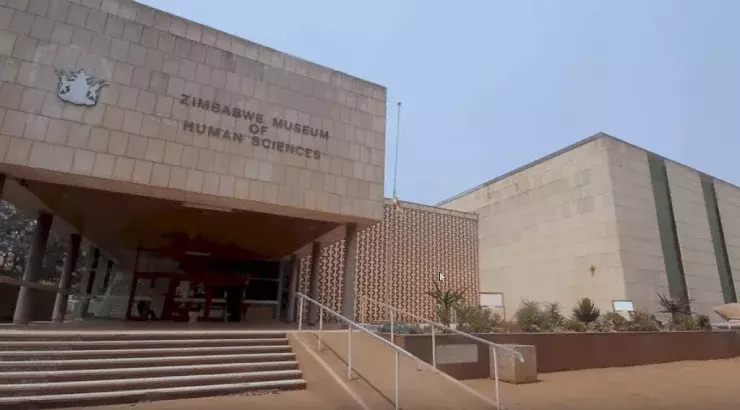Zimbabwe Museum of Human Sciences

- The Zimbabwe Museum of Human Sciences, located in Harare, is a premier institution dedicated to preserving and showcasing the rich history, archaeology, and anthropology of Zimbabwe. Established in 1903, the museum was originally known as the Queen Victoria Museum before being renamed to reflect its broader focus on human sciences and Zimbabwean heritage. It serves as an essential center for historical research, cultural education, and public exhibitions, attracting visitors from across the country and beyond who seek to understand Zimbabwe’s past and its diverse cultural traditions.
- One of the main highlights of the Zimbabwe Museum of Human Sciences is its impressive collection of archaeological artifacts, which includes tools, pottery, and rock paintings from prehistoric societies that once thrived in Zimbabwe. The museum is home to the famous Lemba artifacts, which are linked to the Lemba people, an ethnic group with ancient Jewish ancestry. Additionally, the museum houses a detailed exhibition on the Great Zimbabwe ruins, offering insight into the sophisticated civilization that flourished between the 11th and 15th centuries. Visitors can explore models, illustrations, and recovered relics that depict the trade, architecture, and daily life of this medieval African empire.
- Beyond archaeology, the museum has an extensive ethnographic collection, highlighting the traditions and customs of Zimbabwe’s diverse ethnic groups, such as the Shona, Ndebele, and Tonga. Exhibits include traditional clothing, musical instruments, beadwork, and religious artifacts, providing an in-depth look at Zimbabwe’s cultural heritage. The museum also delves into colonial history and the liberation struggle, documenting key events and figures who played a role in Zimbabwe’s fight for independence. The archives and research facilities available at the museum are valuable resources for students, historians, and anthropologists studying Zimbabwe’s social and political evolution.
- A key attraction at the Zimbabwe Museum of Human Sciences is the Kowasaurus fossil, a nearly complete dinosaur skeleton discovered in Zimbabwe. This exhibit attracts paleontology enthusiasts and researchers interested in the prehistoric creatures that once roamed the region. The museum also features an engaging Natural History section, where visitors can learn about Zimbabwe’s biodiversity, including preserved specimens of the country’s unique wildlife. With its diverse exhibits, educational programs, and historical significance, the Zimbabwe Museum of Human Sciences is a must-visit destination for anyone interested in exploring the deep-rooted history and cultural identity of Zimbabwe.
